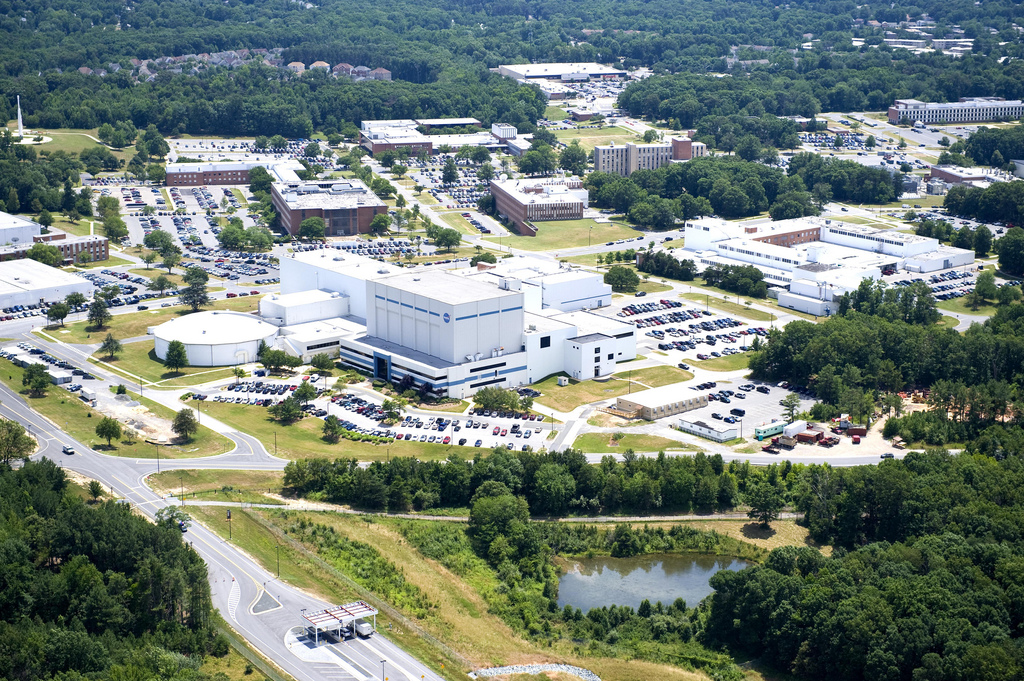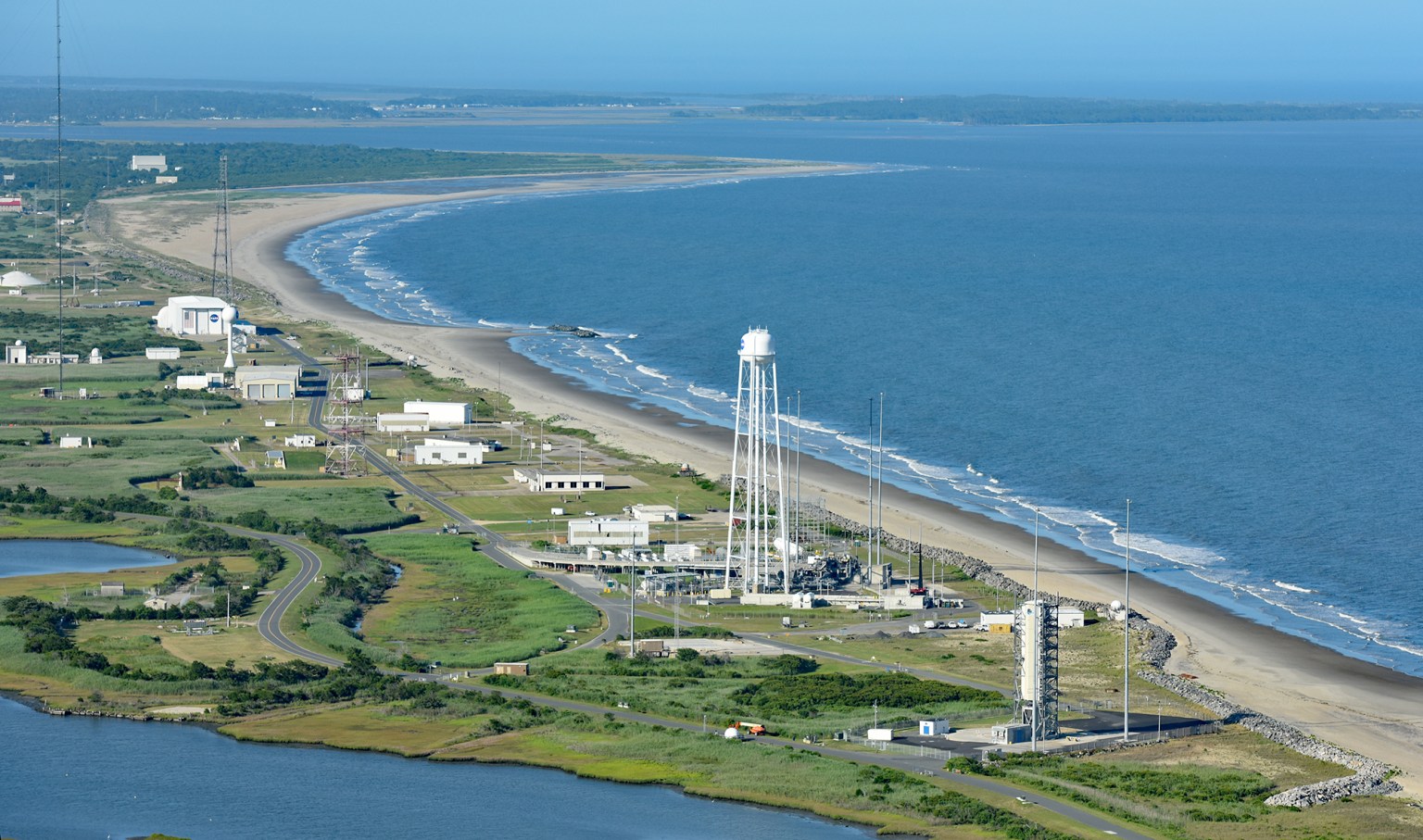Air Quality at Goddard
NASA’s Goddard Space Flight Center maintains air permits at both its Greenbelt, Maryland, location and its Wallops Flight Facility, Virginia, location. At Greenbelt, NASA maintains a Title V air quality permit which covers all operations within its fenceline. At Wallops, NASA maintains two State Operating Permits for air quality and has accepted voluntary restrictions on its operating parameters. This makes both the Main Base and Island/Mainland synthetic minor sources; that is, stationary sources that are subject to limits to keep emissions below major source (Title V) thresholds. NASA continuously strives to modify and adapt its operations to improve air quality and reduce pollutant emissions at all locations where Goddard’s operations occur.
Program Manager: Michael Bonsteel
Goddard Medical and Environmental Management Division (MEMD) staff routinely correspond with personnel from other organizations on existing and new projects and update the air permits to reflect changes in equipment and processes. Annual fuel usage, compliance, and emissions reports are submitted to the Maryland Department of the Environment and U.S. Environmental Protection Agency (EPA) for Greenbelt, and to the Virginia Department of Environmental Quality for Wallops. MEMD monitors air permits and conducts periodic site inspections and document reviews of all Goddard air programs. Records are gathered on a monthly or quarterly basis to meet compliance monitoring requirements.
Why should you be concerned about air pollution?
The EPA administers the requirements of the Clean Air Act, the most recent version of which was promulgated in 1990. The purpose of the Act is to protect human health and the environment from impacts of air pollutants through the improvement of air quality, which can include requiring reduction of pollutant content of fuels, creating incentives for using substances with less impacts to air quality, and imposing limits on operation of equipment that produce air pollutants. Examples of such equipment are listed below. For a summary of air pollutants and challenges associated with them, please visit the EPA’s website.
Air Pollution Permits
With a few exceptions, before operations or a piece of equipment that will emit pollutants (e.g., solvent vapors, combustion by-products, acid gases and mists, particulates) to the air are installed or modified they must have an air pollution permit. Part of the process of obtaining a permit is demonstrating whether any air pollution would have an adverse impact on human health or the environment. These permits specify the types of processes or equipment that may be operated, monitoring and record keeping requirements, and operating limitations.
Examples of equipment and operations that require a permit are:
- Boilers and Generators
- Solvent cleaning machines
- Paint booths
- Processing equipment
Laboratory equipment used exclusively for analysis or experimentation (i.e., “bench-level” laboratory work) does not require a permit. Regardless, any new process (or modification) which generates air emissions needs to be evaluated by MEMD team prior to procurement and installation. Projects and programs which include new or modified processes require assessment of permit applicability through an environmental and safety checklist to ensure review by pertinent MEMD staff. To initiate an Environmental and Safety Review, use the following link:
https://mosi.ndc.nasa.gov/EnvironmentalSafetyReview/ (Internal Only)
Monitoring and Recordkeeping
Operators of permitted processes and equipment which emit air pollutants maintain records to document fuel use, chemical throughput, maintenance activities, and inspections, and may be required to monitor visible air emissions.
Learn More About Air Quality
Local air quality index (EPA and partners)
Stationary Refrigeration and Air Conditioning (EPA)
The Plain English Guide to the Clean Air Act; en español (EPA)



























